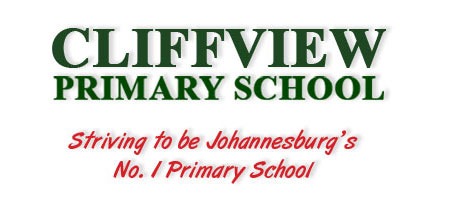
The policy deals primarily with bullying between children at Cliffview Primary School. The same principles govern all relationships within the school and the policy applies to all situations of bullying.
Definitions:
- Bullying is a social problem and instances of bullying occur in all areas of human endeavour involving interpersonal relationships.
- Bullying can be physical, verbal, psychological or social.
- Bullying is characterized by an imbalance of power where one person desires to humiliate another. The bullying action is typically repeated and gives evident pleasure to the bullying person, leaving the bullied person with a sense of having been oppressed.
Types of Bullying:
- Physical: Inflicting physical pain of any form, taking, using, or damaging any article belonging to another person without permission, or any physical act which may diminish the dignity of another person.
- Verbal: Diminishing the dignity of another person using verbal attacks such as threats, taunting, mockery, “dissing”, racial slurs and hate speech, foul language and name calling. This bullying is sometimes disguised as a joke.
- Psychological: Intimidation, manipulation, domination, power play and the use of body language or any other action which psychologically diminishes the dignity of another person.
- Social: Rumour mongering, ostracizing, abuse of authority, circulating hurtful or damaging things about another person.
The Rights and Responsibilities of the Children:
- All people, according to the South African Constitution, have certain rights and responsibilities:
-
- the right to human dignity and the responsibility to respect the dignity of other people;
- the right to be respected by other people and the responsibility to show respect to others;
- the right to be valued as individuals and the responsibility to value others as individuals.
2. Children have particular rights:
-
- the right to a safe learning environment and the responsibility to ensure that their behaviour respects the rights of other children to a safe learning environment;
- the right to an education and the responsibility to allow un-interrupted learning to take place.
3. The School is therefore opposed to any member of the community, who puts another person’s basic rights in jeopardy and which constitutes any form of bullying. This would apply particularly to parents who, in defending their own child, reprimand another child on the school property. These matters must be entrusted to the professionals to handle.
The School’s Approach:
Bullying needs to be addressed pro-actively as well as reactively.
- The school strives to educate children in their rights and responsibilities to fellow children.
- Staff will strive to set a good example and will demonstrate the expectations for respectful, caring behaviour.
- The school strives to build up the self esteem of its children.
- The school strives to inculcate attitudes of respect and love amongst its staff and children.
- The school will make use of peer education programmes and other strategies to make children aware of the existence of bullying and its detrimental effect on individuals and the community.
- The school uses ethos programmes, behaviour modification programmes, mentoring and counselling in an attempt to change behaviour.
- The school will engage in ongoing education with the children in the school to combat bullying amongst children.
Procedures to deal with bullying:
- Bullying will not be tolerated in any section of the school. Procedures may differ from phase to phase.
- The school will endeavour to teach the children:
-
- to practice assertive behaviour if they witness bullying behaviour directed towards themselves or others;
- to stop bullying behaviour from happening or continuing, but without endangering themselves;
- to target the bullying behaviour but not the bullying person;
- to report any instances of bullying behaviour.
3. Children can report bullying to teachers, LMT or any other staff member. The children may also use the Letter box in the foyer to write letters to the Headmaster.
4. As part of its response the school may provide counselling for the bullied person.
5. The school will deal severely with persistent bullying.
6. The schools response may include providing counseling for the bullying person which will be coupled with a warning of the repercussions of a repetition of the bullying behaviour. Bullying behaviour will be reported to the parents.
7. If bullying behaviour is repeated, a parental interview will be held and strategies for intervention and behaviour modification will be outlined. Professional counseling, regular report-backs and a positive improvement in behaviour is expected.
8. If there is a repetition of bullying behaviour, children must be aware that it is considered an act of serious misconduct and will be dealt with according to the relevant section of the schools Code of Conduct. This may include suspension and an SGB Disciplinary Hearing.
Cliffview Primary Policies
